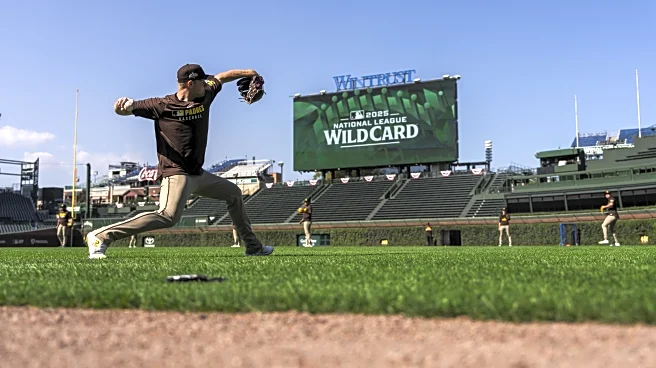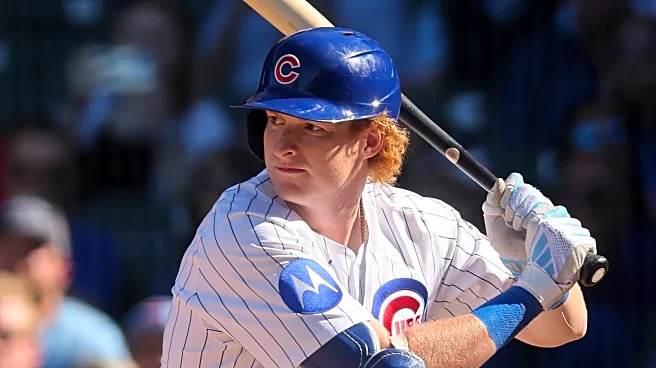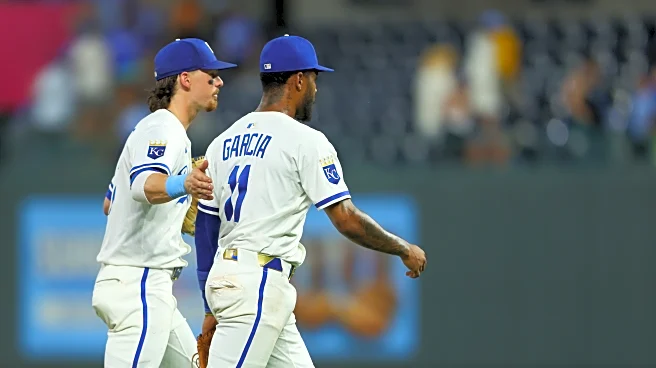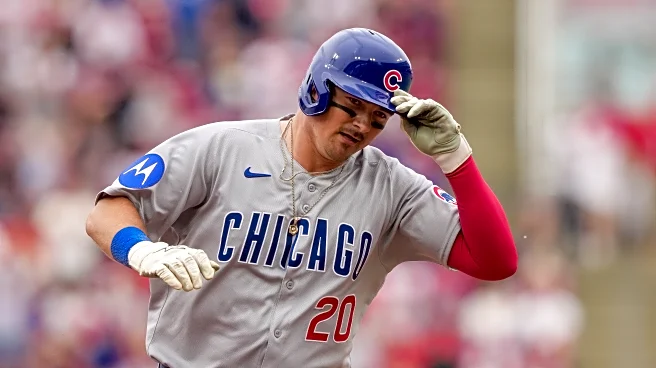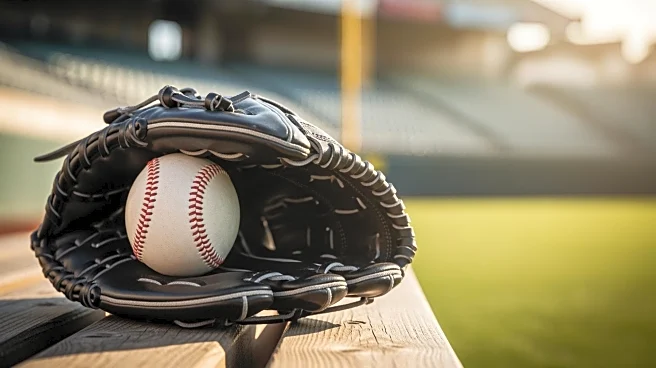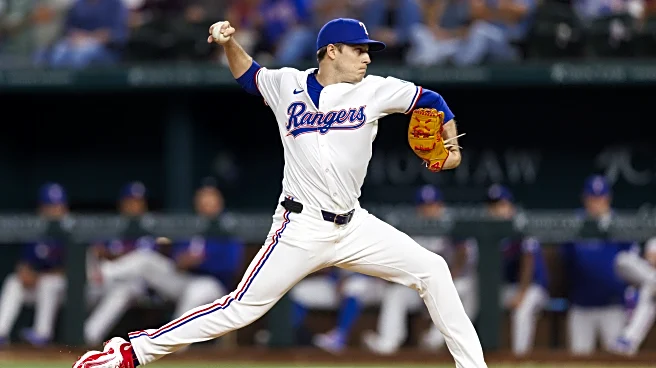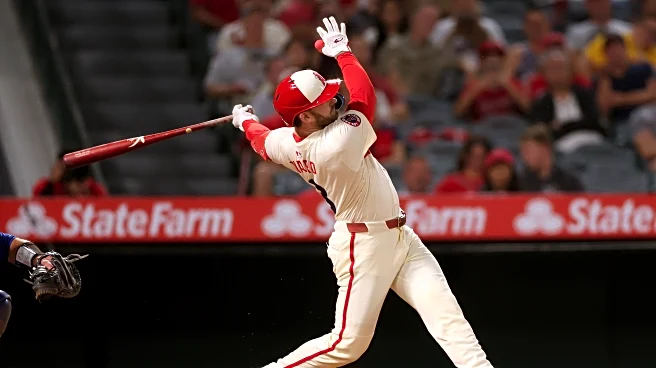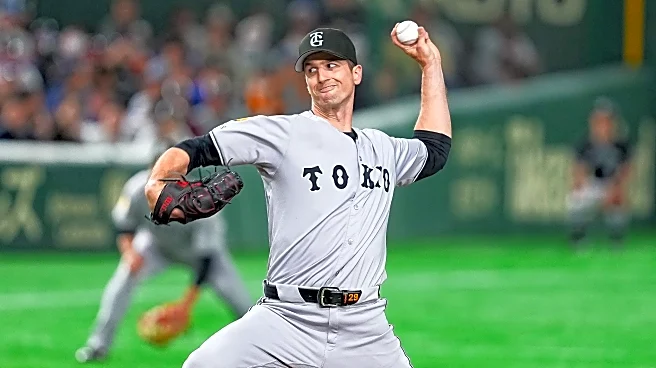This look is so early that we don’t have a salary number to add for Phil Maton, who the Cubs were reported to have signed late last Friday. We’ll do more of these as the offseason continues, and at some
point someone will report what Maton will be getting in his two-year deal (with a third-year team option).
In the meantime, as you will see, the Cubs have plenty of payroll room without going over the first luxury tax level, which for 2026 is $244 million. I’ll say it right now: There’s absolutely no reason the team shouldn’t be spending more. By going under the tax in 2025, too, they reset any possible penalties for going over that level.
Nothing I say here is going to make the Cubs spend. But they really ought to be doing it.
Lastly, as the headline says, this is a very early look. There will clearly be free agents and players added by trade, as there are quite a few spots open on the 40-man roster. This is just a baseline look at what the Cubs have right now. Note that Maton is not yet listed as we don’t have a salary figure for him.
As always, BCB’s The Deputy Mayor of Rush Street has prepared some analysis of the above numbers. The rest of this post is Dep’s.
“We’re going to look at everything, but I feel like, from an offensive standpoint, we can kind of play a game tomorrow if we needed to. We have players at every position.
Will we look to move things around? Will we look to add (hitting)? Of course. But the level of urgency is not nearly as high as on the pitching side.”
– Jed Hoyer, from his press availability at the recent MLB GM Meetings
The 2026 Cubs Roster: Team in Transition, or Team in Contention?
About a year ago, Cubs manager Craig Counsell (sort of) called out the organization after finishing with 83 wins the last two seasons, narrowly missing the playoffs both times. He said the goal should be to build a 90-win team, year after year. Last year, Hoyer and Counsell delivered 92 wins and a wild card series win. Five playoff home games. A reasonably successful season.
Successful, yet somewhat frustrating down the stretch, and in the end. The steep acquisition cost of adding Kyle Tucker for one year paid off as the team shot out to a 45-28 record by the 17th of June, and a peak of a 6.5 game lead in the NL Central. Similarly, Tucker himself hit to a .291/.396/537 (.933 OPS) clip through June 28th.
From that point, the team never went into an extended tailspin, but the days of outbashing teams were largely behind the 2025 club, and they came home with a 47-42 finish that saw the Brewers sprint past them for the division title. For Tucker’s part, a hairline finger fracture began to take its toll, and the slugger finished with a .225/.346/.346 (.692) mark over the last three months of his season, missing much of September with a calf injury. He wasn’t at his best for the postseason either.
In the end, it was both a demonstration of how a “Marquee Player” could help lift a team… and what can happen when that lineup presence is missing – looking more like those 2023 & 2024 teams which were decent clubs, but couldn’t get over the hump to become a plausible pennant contender.
Now we roll into this off-season similar to 2021, with a core group on the brink of dispersal, and no one seems to believe that the team is going to try to replace Tucker with a similar lineup-anchoring star. And then while Seiya Suzuki appears to be eligible for arbitration in 2027, all of Jameson Taillon, Matthew Boyd*, Shota Imanaga, Colin Rea, Ian Happ, Nico Hoerner and Carson Kelly* will become free agents after this coming season. (* – Boyd and Kelly via ‘mutual options’)
Justin Steele is also headed toward free agency in 2028.
TOP LINE: So is 2026 a transition year to a new core of players like Busch, PCA, Shaw and Horton … or is the coming season one more contention year as the prelude to another rebuilding period?
Here’s what’s happened since the end of the 2025 season:
Kyle Tucker, Willi Castro, Justin Turner, Carlos Santana, Brad Keller, Drew Pomeranz, Caleb Theilbar, Aaron Civale, Michael Soroka, Taylor Rogers, and Ryan Brasier all became free agents.
Andrew Kittredge (and his $9 million team option) was traded to Baltimore for cash considerations.
Shōta Imanaga approached free agency, but ultimately accepted a qualifying offer to return for 2026.
2B/CF James Triantos, 2B/3B Pedro Ramírez and LHRP Riley Martin were selected before being exposed to the Rule 5 Draft.
Reese McGuire and Eli Morgan were non-tendered.
The Cubs signed right-handed reliever Phil Maton on a 2-year deal with a 2028 team option Financial terms have not not yet been reported.
The 40-man roster is currently/effectively at 31. (Note: until the Maton signing is finalized, he’s not officially on the roster.)
Current Player Payroll:
(Note, the figures for each player’s salary and ‘tax hit’ are per Cot’s Contracts, ‘tax hit’ being the charge against the Cubs’ luxury tax spending level. The base luxury tax threshold rises to $244,000,000 for the 2026 season.)
Players with Guaranteed Contracts (10):
Swanson $25,285,714
Imanaga $22,025,000
Happ $20,333,333
Suzuki $17,000,000
Taillon $17,000,000
Boyd $14,500,000
Hoerner $11,666,667
Rea $6,500,000
Kelly $5,750,000
Maton TBA
============
TOTAL $140,060,714 (plus Maton)
============
Arbitration-eligible Players (1+1 on the IL – MLBTR estimates):
Steele $6,550,000 – (0 options left) (IL)
Assad $1,900,000 – (2)
============
TOTAL $8,450,000
============
(Note: The MLB minimum salary for 2026 rises to $780,000.)
Pre-Arb Players expected to make the 26-man roster (15):
Busch $825,000 – (2 options left)
Crow-Armstrong $812,000 – (2)
Amaya $810,000 – (0)
Shaw $792,000 – (3)
Horton $790,000 – (3)
Hodge $788,000 – (1)
Palencia $787,000 – (1)
Brown $786,000 – (1)
Wicks $784,000 – (2)
Ballesteros $783,000 – (2)
Roberts $783,000 – (1)
Alcantara $782,000 – (1)
Caissie $781,000 – (2)
Little $781,000 – (1)
Ramirez $780,000 – (3)
(Of course, there will be free agents, but we work with the 31 on the roster today.)
===========
TOTAL $11,864,000
===========
Pre-Arb Players expected to start in the minors (4):
Hollowell – (1 option left)
Martin – (3)
Neely – (1)
Triantos – (3)
===========
Other Expenses:
40-man Roster Players in Minors $2,700,000
Pension Payments & Sundry Expenses $18,000,000
Cubs’ Share of Pre-Arb Bonus Pool $1,666,667
(Reserve Withheld for Trades/Buffer)¹ $5,000,000
(Reserve for 60-Day IL Replacements) ² $3,000,000
============
TOTAL $30,366,667
============
GRAND TOTAL FOR TAX PURPOSES $190,741,381
LUXURY TAX THRESHOLD $244,000,000
CUBS START UNDER THE TAX BY $53,258,619 (less the AAV of Phil Maton’s Deal)
¹- Optional Expense, but some amount figures to be held back from wherever Tom Ricketts sets the baseball budget.
² – Estimating approximately four seasons’ worth of MLB minimum players for eight 60-Day IL stints of varying length. For example, Justin Steele may not return from TJS until June.
.ADJUSTED FOR ACTUAL PAYROLL EXPENDITURES IN 2026
GRAND TOTAL IN CASH OUTLAY $196,955,667
(This figure includes adding $6,214,286 in adjustments between contract payouts and cap valuations.)
Current Projected Roster – Again, there are currently/effectively 31 players on the 40-man roster.
OF (5): Happ – Crow-Armstrong – Suzuki – Caissie – Alcantara
.IF (5): Shaw – Swanson – Hoerner – Busch – Ramirez
…C (3): Amaya – Kelly – Ballesteros
SP (5): Horton – Boyd – Taillon – Imanaga – Rea (Steele IL)
RP (8): Palencia – Hodge – Maton – Brown – Wicks – Assad – Roberts – Little
(Note: All relievers on this list except Maton [or Rea] can ride the Shuttle in 2026.)
2026 60-Day IL (1): Steele
40 man pos. players in minors (1) – James Triantos
40 man pitchers in minors (3) – Gavin Hollowell, Riley Martin, Jack Neely
Notable non-roster players in minors – Jaxon Wiggins, Jonathon Long
BOTTOM LINE: After Shōta decided to accept the qualifying offer, the Cubs start this offseason in much the same spot as last year… around $50 million in AAV to spend before coming up against the tax threshold. Last year, Hoyer devoted $16.5 million (and substantial trade capital) toward bringing in Tucker.
This year, to start with Maton, just for the heck of it I’ll take a guess at the deal – 2/$12 million, with a ’28 team option at $8 million (with a $2 million buyout). That would be a $7 million AAV, and would be something of a steal if Maton continues as he did last season with a baffling, if not high-velocity four-pitch arsenal.
From there, the rumors I’ve seen have the Cubs picking up one “major” starting pitcher. Which makes sense given that Justin Steele may be out until June, Colin Rea is meant to be a swing man rather than a rotation mainstay, and Cade Horton will likely be further protected from throwing more than 90 pitches or so, or starting too often on four days’ rest. The Cubs are also said to be looking to bring in at least one more upper-level veteran reliever.
But on the free agent market, those two pitching additions may take $30-35 million in AAV to secure them both, and then if Maton is $7 million, that leaves around $10-15 million to find a couple of veteran bench players … and sort through the bargain basement relief pitcher leftovers – a Jed Hoyer specialty that has worked out more often than not. But no Tucker-esque replacement bat.
That’s presuming that the team’s payroll budget will remain below the luxury tax threshold, regardless of team revenue. (I always advise bettors to take the “under” at the new sports book, when it comes to Cubs player spending.)


